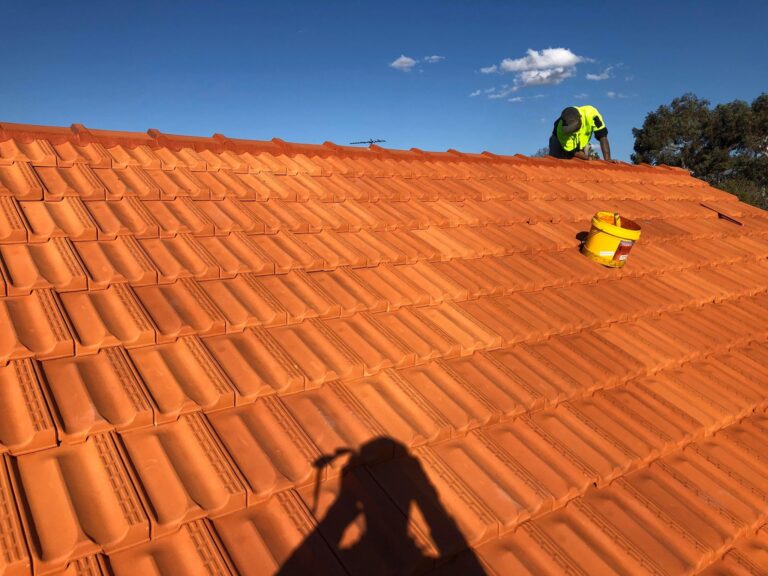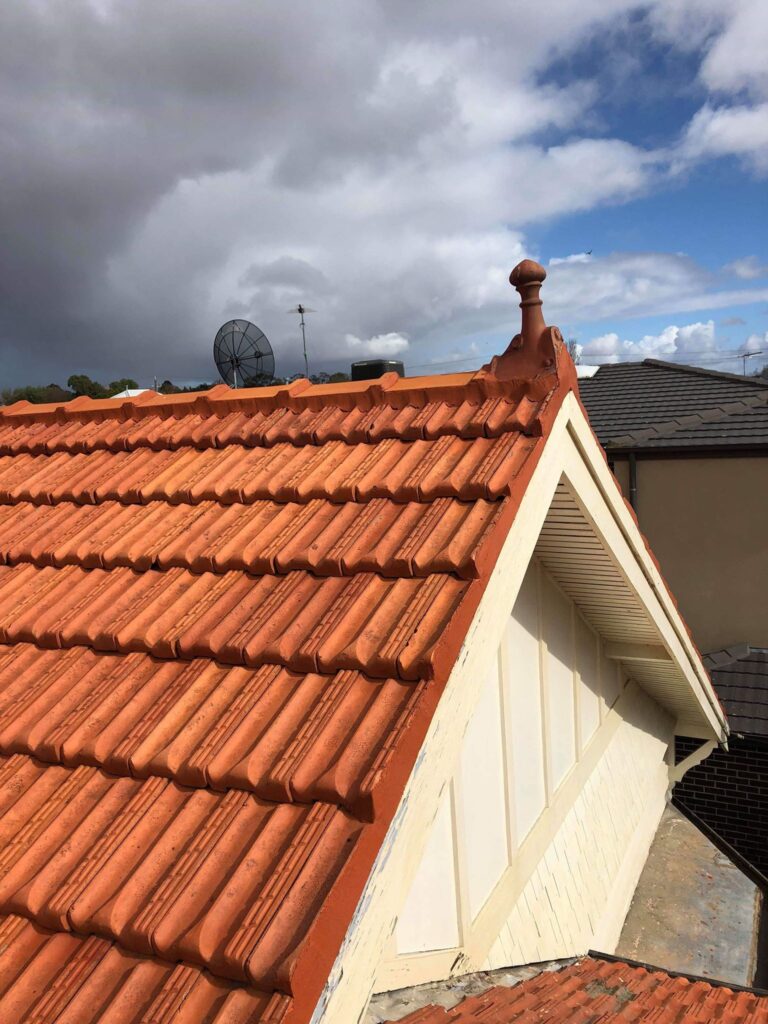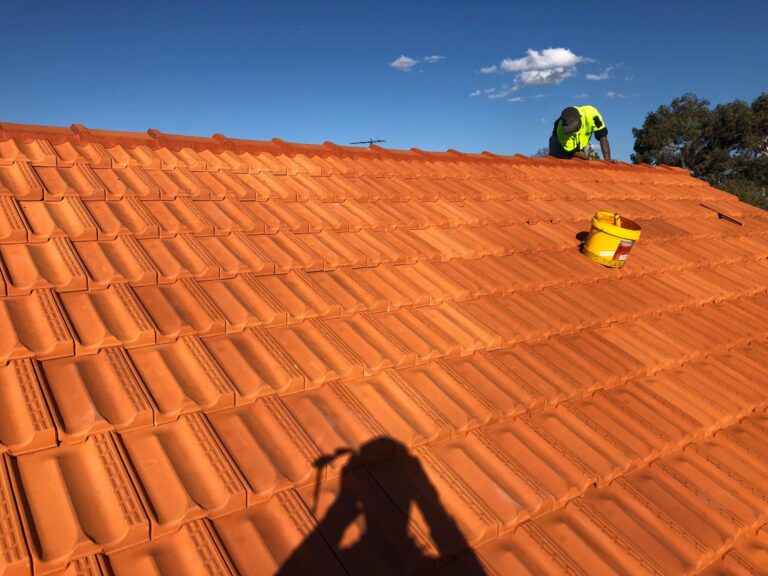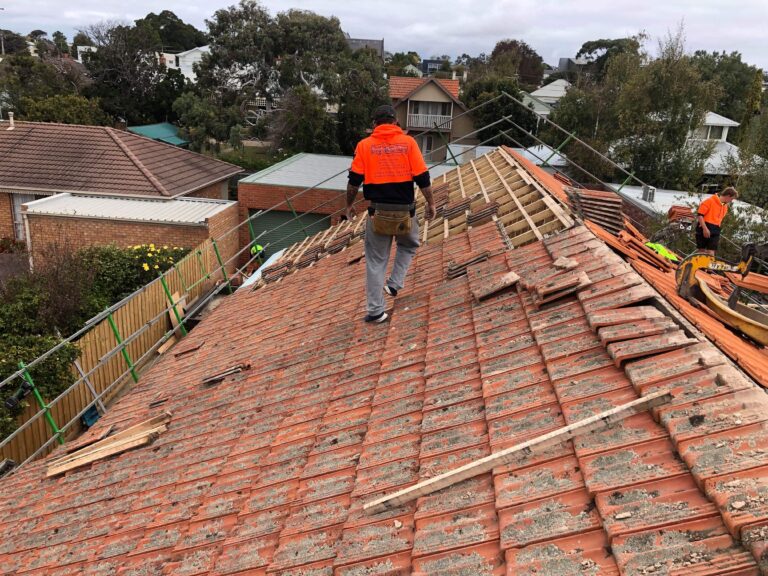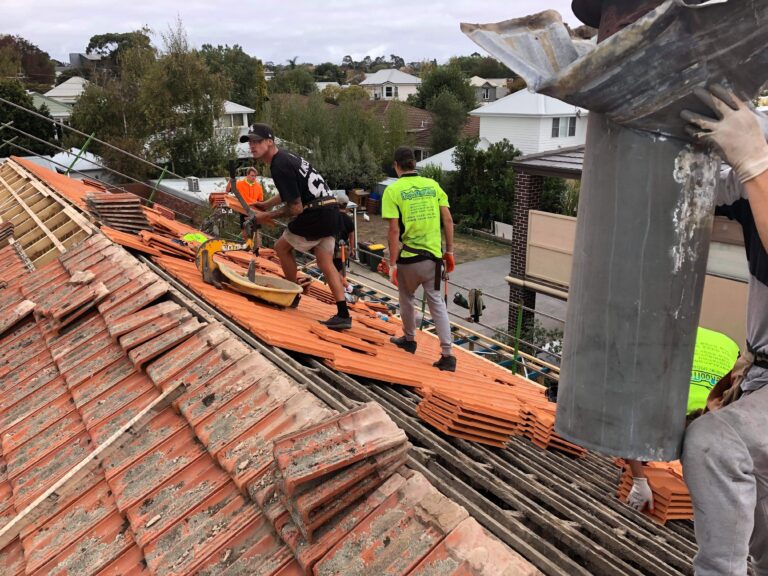Maintenance
Regular roof maintenance offers a multitude of benefits that contribute to the longevity, safety, and cost-effectiveness of a property. By conducting routine inspections and addressing minor issues promptly, homeowners can prevent small problems from escalating into major and costly repairs. Roof maintenance helps identify and rectify potential leaks, damaged or loose tiles, and worn-out components, ensuring the roof’s integrity and preventing water infiltration that could lead to structural damage and mold growth. Additionally, a well-maintained roof contributes to better energy efficiency by providing proper insulation and reducing the strain on heating and cooling systems. Moreover, a visually appealing and well-kept roof enhances the curb appeal of the entire property, positively impacting its overall value. Ultimately, investing in regular roof maintenance not only safeguards the dwelling and its occupants but also saves money in the long run by extending the roof’s lifespan and reducing the need for extensive repairs or premature replacements.
